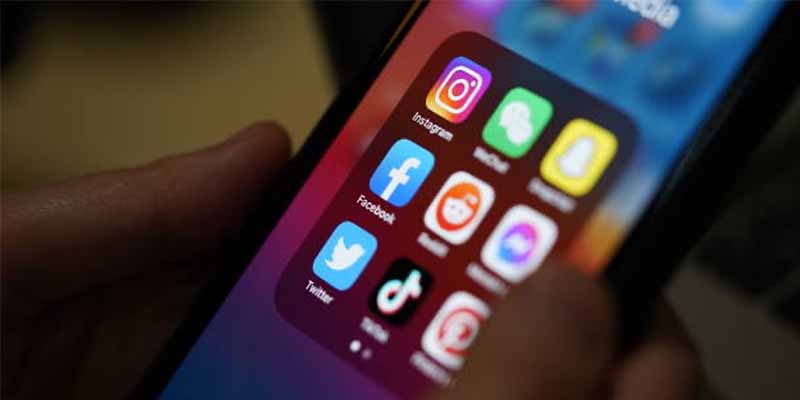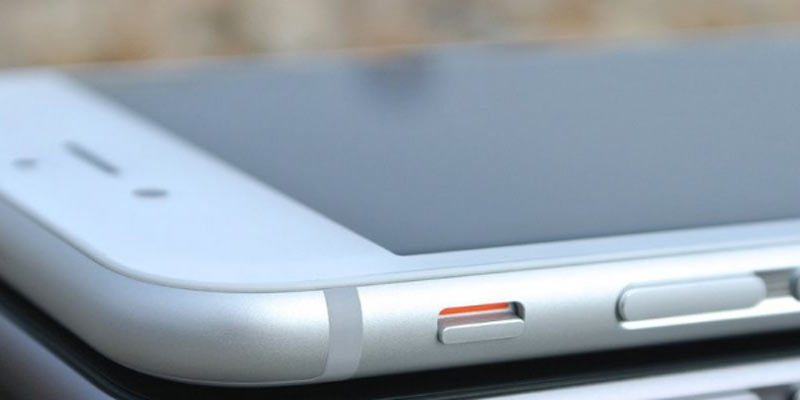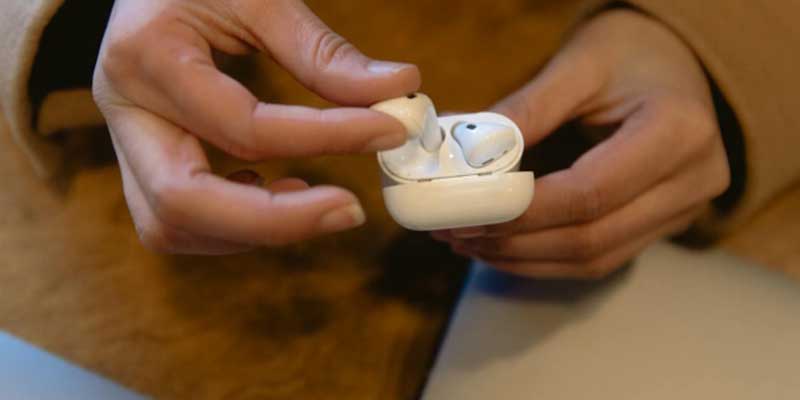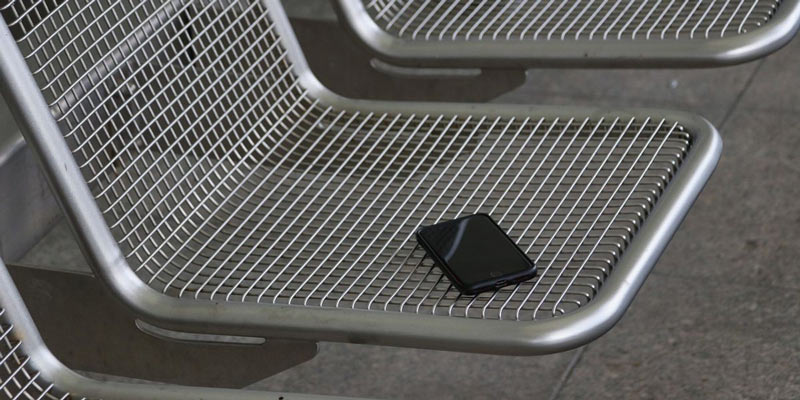The iPhone is more than just a in today’s digital age. It’s a pocket-sized computer, an entertainment hub, and a digital diary,
It is an essential lifeline to the world for many people. With so many roles to play, it’s no wonder our iPhones often run out of storage space, leaving us scrambling to decide what to keep and delete.
iPhone users have encountered the dreaded “Storage Almost Full” message at least once. With every photo, video, app, or song we add, our devices get closer to reaching their storage limits. If you’ve been wondering, “How do I free up space on my iPhone?” you’re in the right place.
This article will discuss various methods to free up storage without necessarily having to part ways with your cherished memories or favorite apps.
Why You Need to Free Up Space on Your iPhone
Your iPhone is more than just a device; it’s a central hub for communication, entertainment, photography, work, and more. As versatile as these devices are, their functionality can diminish when overwhelmed with data.
You need to constantly look for ways to make space for new data. For this purpose, you need to clean your phone up and make some space.
Let’s delve into the compelling reasons why freeing up space on your iPhone is essential:
- Optimal Performance: iPhones are designed to run smoothly, but as storage fills up, you might notice a slowdown in operations. Apps may take longer to launch, downloads might pause, or responsiveness can lag. Maintaining ample free space ensures your device operates at peak performance.
- Software Updates: Apple frequently releases iOS updates, which can bring new features, improve security, and fix bugs. These updates often require a significant amount of space to download and install. Without adequate free storage, you might miss out on these vital updates.
- Capturing Moments: With the impressive camera quality of iPhones, it’s no surprise they are our go-to for capturing spontaneous moments. Running out of space can mean missing out on capturing a once-in-a-lifetime photo or video.
- App Functionality: Many apps, especially multimedia and gaming apps, need extra space to function correctly. They store temporary files, which, if not accommodated, can cause the apps to crash or malfunction.

1. Check Your Total Usage
Understanding how much storage you have used and what’s consuming it is the foundational step in managing and freeing up space on your iPhone.
Before diving into the solutions, it’s essential to understand where most of your storage is going. You need to check the storage of your phone and see which app is consuming more space.
Here’s a step-by-step guide on how to check your total storage usage:
Go to Settings > General > iPhone Storage.
Here, you’ll see a bar graph representation of your usage. It will give you a comprehensive overview of which apps and media consume the most space.
- Navigate to Settings: Tap the ‘Settings’ app icon on your iPhone’s home screen. A gear icon usually represents it.
- Go to ‘General’: In the Settings menu, scroll down and select ‘General’. This option will lead you to a new list of settings specific to your iPhone’s functionality.
- Tap on ‘iPhone Storage’: Here, you’ll find an option named ‘iPhone Storage’ or just ‘Storage.’ Once you tap on it, your iPhone will calculate and display a detailed storage breakdown.
- Review the Overview: At the top, you’ll see a bar visually representing your iPhone’s storage. It’s color-coded, with different colors representing categories such as Apps, Photos, Media, and Others.
2. Find Apps Taking Up the Most Space
Still, in the iPhone Storage section, you’ll see a list of apps ranked by the space they occupy. Some culprits like social media, games, or video apps can occupy gigabytes of space.
Tapping on an app will display the app size, documents & data associated with it.
For many apps, the ‘Documents & Data’ section can be substantially larger than the app itself. It is especially true for apps like Facebook, Instagram, or messaging platforms where media and cache accumulate over time.
3. Target Apps You Don’t Use
Over time, we all download apps we seldom use or forget about entirely. These dormant apps occupy valuable space.
Review the list of apps and consider which ones you haven’t opened in a while.
Delete apps that you don’t need. If you ever need them again, you can always re-download them from the App Store.
4. Check Your Photo and Video Use
Photos and videos are among the most space-consuming items on our iPhones, especially with the high resolution at which iPhones capture media.
Consider transferring old photos and videos to cloud services like iCloud, Google Photos, or Dropbox.
Once safely backed up, you can remove them from your device. Remember, videos, especially in 4K, can occupy significant space.
Also, don’t forget to check the “Recently Deleted” album in Photos. Deleted photos stay here for 30 days before being permanently erased. You can manually clear this album to free up space instantly.
5. Remove Unwanted Music
Music, especially if you have a vast collection of high-quality files, can take up a significant amount of space on your iPhone. Regularly curating your playlist and removing songs you no longer listen to can free up some valuable storage.
For those who still download music directly to their iPhones, these files can accumulate and take up considerable space over time.
Here’s how you can declutter your music library:
From the Apple Music App
Individual Songs: Open the Music app and navigate to ‘Library.’ Find the song you want to delete, swipe left on it, and tap ‘Delete.’
- Entire Albums: Under ‘Albums’ in the ‘Library,’ tap on the album you wish to remove. Tap the red ‘-‘ sign or the ellipsis (…) in the corner, then select ‘Delete from Library.’
- Artists or Playlists: The process is similar. Find the artist or playlist, swipe left, and select ‘Delete.’
From iPhone Settings
Navigate to Settings > General > iPhone Storage.
- Scroll down and tap on ‘Music’. Here, you’ll see a list of all artists and the space they occupy.
- Swipe left on any artist to reveal the ‘Delete’ button. It will delete all songs from that particular artist.
Through iTunes (for older iPhones or versions)
- You need to connect your iPhone to your computer and then open iTunes.
- Click on the iPhone icon and select ‘Music.’
- You can manually manage music or select specific playlists, artists, albums, and genres. Uncheck the ones you don’t want and sync your iPhone.
Deleting Downloaded Streaming Music
- If you use streaming services like Apple Music or Amazon Music, you might have songs or albums downloaded for offline listening.
- Open the respective app, navigate to the ‘Downloads’ or ‘Library’ section, and remove the songs or albums you no longer need offline.

6. Empty Your Browser’s Cache
Web browsers, like Safari or Chrome, store data to speed up your browsing experience. Over time, this data can occupy a significant chunk of storage.
- For Safari: Go to Settings > Safari and scroll down to tap “Clear History and Website Data.”
- For Chrome: tap the three dots at the bottom > Settings > Privacy > Clear Browsing Data. Ensure you select “Cookies, Site Data” and “Cached Images and Files.”
Tips for Additional Space-Saving on iPhone
While many are aware of the primary methods to free up space on an iPhone, such as deleting unwanted apps or media, additional lesser-known strategies can help ensure you get the most out of your device’s storage.
Here are some innovative tips for additional space-saving:
Optimize Downloads in Streaming Apps
Apps like Netflix allow content download. Regularly check and delete episodes or movies once watched.
Manage Downloads Folder
Files can accumulate with the introduction of a downloads folder in later iOS versions. Periodically check this folder and clear out old or unnecessary files.
Avoid Duplicate Files
Sometimes, apps might save multiple copies of the same file. Periodically scan for duplicate photos, recordings, or downloads and delete them.
Remove Old Voicemails
Voicemails can pile up and take up space. Delete old or unneeded ones and remove them from the ‘Deleted Messages’ folder.
Clear App Cache
Some apps like Facebook, Instagram, or Twitter don’t offer an easy way to clear cache from within the app. You can delete it and then reinstall it to clear its cache.
Conclusion
Navigating the iPhone storage can initially seem overwhelming. However, with a structured approach and regular maintenance, optimizing your device’s performance is feasible.
Freeing up space on your iPhone ensures smooth performance and means you’re always ready to capture new memories or try out new apps.
Remember, it’s not solely about discarding files but understanding your usage patterns, embracing efficient storage practices, and leveraging the full spectrum of tools and settings.
Regularly checking storage usage, clearing caches, and backing up old data can prevent that dreaded “Storage Almost Full” message and keep your iPhone running at its best.
Keep your iPhone breathing freely and continue exploring, capturing, and enjoying every digital moment with ease.




